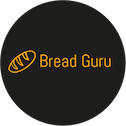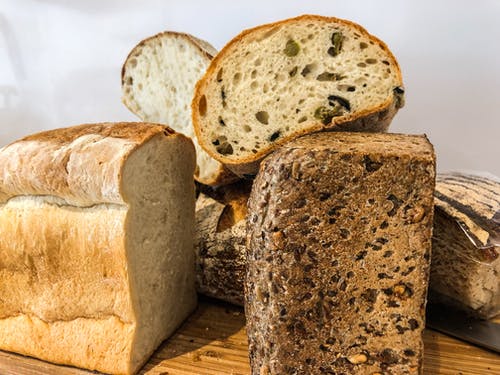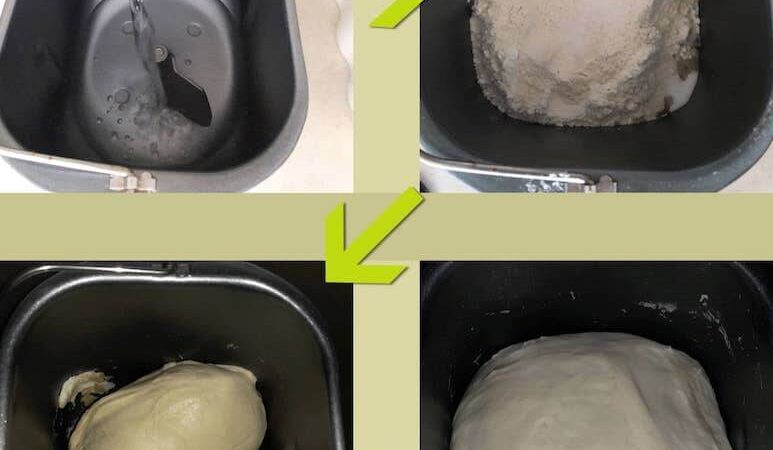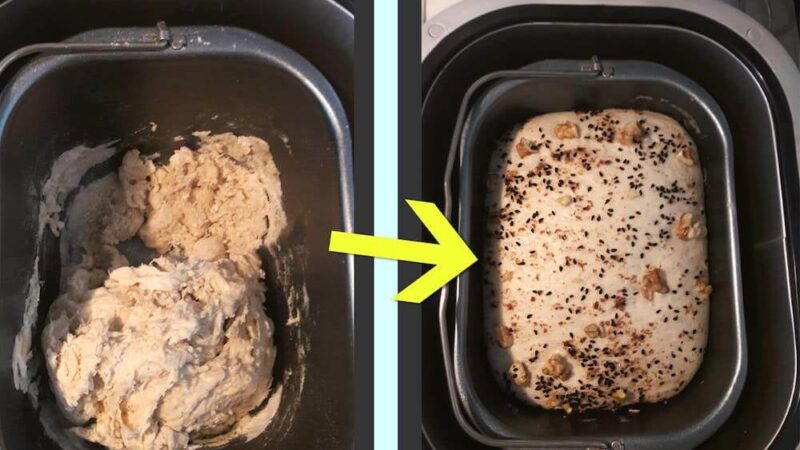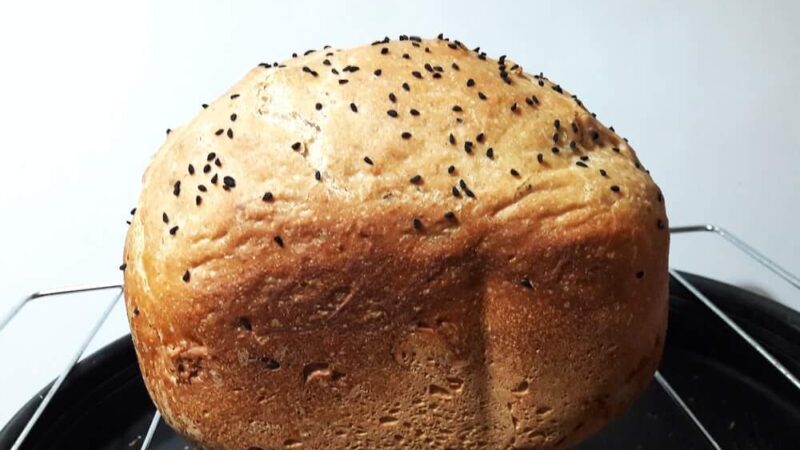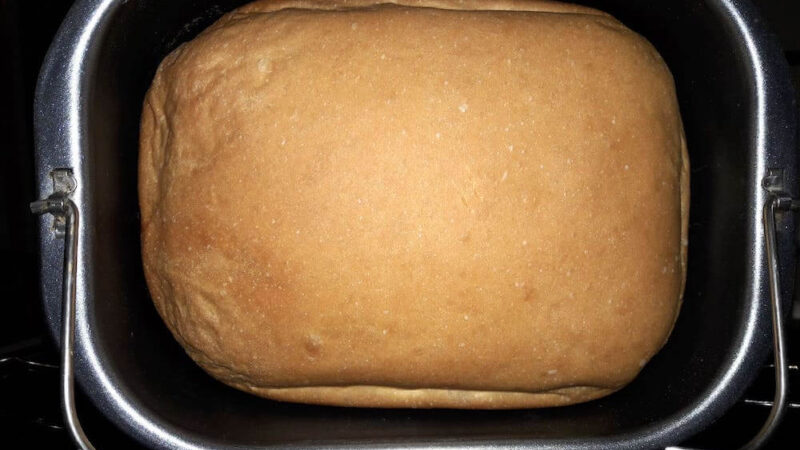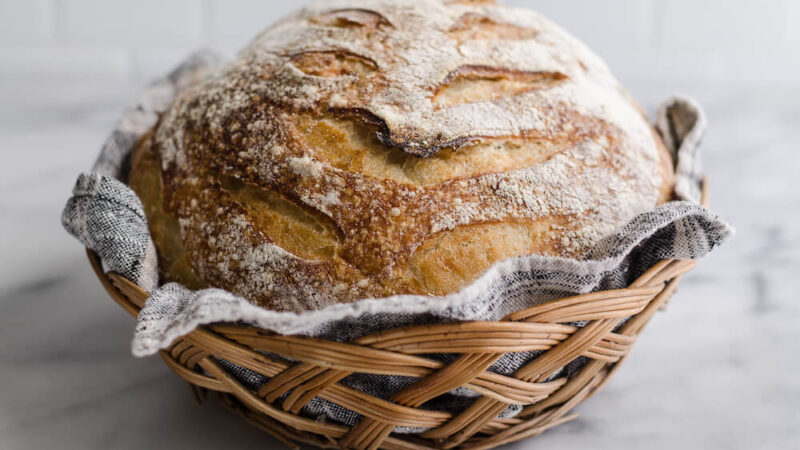Learn to Knead Dough with Style: Tips and Tricks
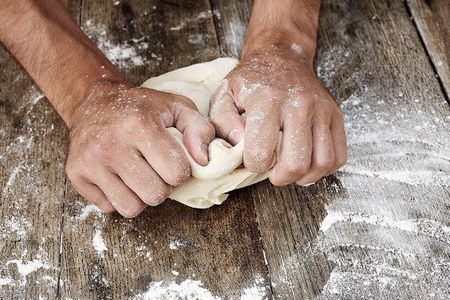
Besides all the countless bread recipes floating around, what you really need to master initially is to learn to knead dough with style. Use your hands and body weight and massage the dough with the right techniques to smooth it out. You will get that perfect elastic dough; free of lumps, dry bits, and it will shine like rock star.
Baking is a lot of fun when you know your way around your yeast, fermentation and of course the kneading technique. People have been kneading dough for thousands of years now and it is about time for you to get on this addictive habit.
3 methods for kneading dough at home:
- Knead dough by hand; possibly the best method ever, you can never go wrong. Consistency of the dough structure will be amazing. Hand kneading is by far the most effective gluten development technique of all.
- Stand mixer kneading; simple method but things can get out of your hands easily. You really have to be careful not to over mix. Once the gluten is developed too much then there is no way of going back, and this would make a very dense, flat bread.
- No-kneading method; do not just jump on this one since it says no-kneading. It is actually very sticky and used for fancy breads like ciabatta. You still have to mix it with a spatula. This stir and bake method also used for fast bread baking by the help of a Dutch oven and it is getting widely popular.
Best tip on how to knead bread dough is to assume that you are trying to form a playdough; soft and squishy but does not stick.
Handle the yeast, keep its pace, control the bubbles!
Before we get into kneading, we should say a few words on yeast activation. The right way to test and activate the yeast is to add a teaspoon of granulated sugar into a cup of lukewarm water (drop the water amount from your recipe) and add the yeast. Let the mixture stand for a few minutes. If the mixture is foamy and the bubbles come out then the yeast is fresh and ready to go.
Kneading dough by hand
Your hands are the best tools for kneading dough. Start by sprinkling your work surface with flour. Grasp the side of the dough further away from you and fold it in about half towards yourself. Place the heels of your hand and use your body weight to press a little firmly. Do not be too hard on yourself as you will have to do this for the next 10-12 minutes.
Remember this is a long marathon, keep your strength. Your yeast is alive! Do not try to kill it with your hands.
If it gets too sticky then sprinkle a little more flour. Be careful to add gradually though. Stay away from the never-ending cycle of adding flour and water.
There is a science behind kneading the dough, it develops the gluten inside the wheat. Protein and starch get to knot the strains inside wheat. This creates an almost sealed environment for yeast to pump up your dough with gas. Strength and structure of the dough is enabled by gluten and it is necessary for dough escalation.
Mechanical mixer kneading; kitchen stand mixer
You can accomplish great bread dough with your stand mixer. Use the hook attachment and stir in all the ingredients but keep a portion (about a cup) of the flour on the side. Since mixers are stronger than us you should add flour gradually so that you don’t end up with a way too stiff dough. Do not mix for very long time because you might either burn your dough or the mixer itself. Check your mixer manual carefully and adjust your recipes.
No-kneading method; wet-dough
If you are attempting to knead wet dough recipes with traditional kneading techniques then you are asking for trouble. They get extremely sticky and you will need a friend to clean you up. This method is used for recipes with too much water or fat. Keep the dough in the mixing bowl and try to fold over by using a plastic spatula for 8 to 10 minutes.
How long should I knead the dough?
- Stand mixer: 8 to 10 minutes until gluten is developed.
- Kneading by hand: Usually around 10-15 minutes. You can’t really damage the dough with this method but your hands might ache if you insist on kneading for longer.
- No-kneading method: 8 to 12 minutes. You should use a plastic spatula and mix from the sides towards the center of the bowl.
If the dough is kneaded too much then the bread will become extremely dense and the crust will be very hard. This is because you over worked your dough. Dough will lose excess moisture during unnecessary kneading and you will end up with a dry bread.
Best surface for kneading dough
For the work surface; try granite, marble or stainless-steel counter tops. Wood is fine if varnished otherwise old wood tops are sometimes edgy. You need a flat and smooth surface for kneading the dough.
How to tell your dough is ready?
The biggest confusion for new bakers is to decide when the dough is ready. Fully kneaded dough will spring back when you press on it with your finger. It will also not tear when stretched, this is how pro-bakers check the gluten development.
Your dough should pass these tests:
- Pop-out; press your finger and it will spring back.
- Structure; stays on top of your hand when lifted.
- Smooth exterior; no lumps, silky and soft surface. It could be a bit tacky though.
- Windowpane test; take a small portion from your dough and try to stretch it by pulling apart. It should not break apart easily and you should see a thin window of dough.
Before you check the dough to see if it is ready or not just give it some time to rest.
Additional tips for better bread baking
You should be careful not to over mix your dough. If you over mix your dough then the yeast will burn out fast and get over reacted. You will not be able to ferment the dough over a stretched period of time. Especially pay more attention during summer, some bakers even add ice into their dough when the weather is too hot to slow down their yeast activation.
In Conclusion
Keep in mind, bread baking is an art in itself and no two breads are identical unless you buy them in plastic bags from your local store. You need different approaches for kneading dough depending on the bread recipe you are after. For regular bread, hand kneading is the best choice. But there are also some bread types like ciabatta where you do not knead much and the dough is sticky due to high fluid level. Stand mixers with hook attachments make the process easy. You can bake amazing bread at home by applying these kneading tips.
